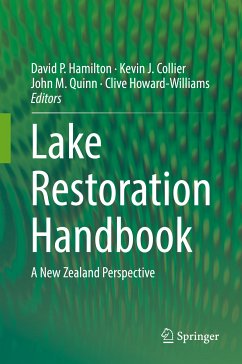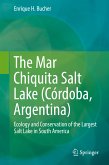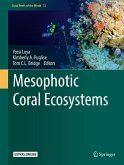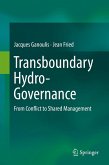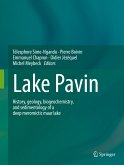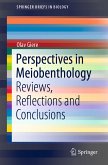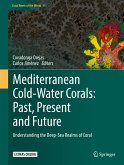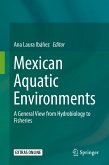Shows how these contemporary lake restoration tools may be applied practically for solutions to water quality problem
Provides inter-disciplinary understanding across the natural and social sciences
Addresses diffuse pollution, invasive species and climate change
Synthesises information on lake restoration at the local (New Zealand) scale and provides an international context for this information
With contributions from leading authorities across the globe
Dieser Download kann aus rechtlichen Gründen nur mit Rechnungsadresse in A, B, BG, CY, CZ, D, DK, EW, E, FIN, F, GR, HR, H, IRL, I, LT, L, LR, M, NL, PL, P, R, S, SLO, SK ausgeliefert werden.

